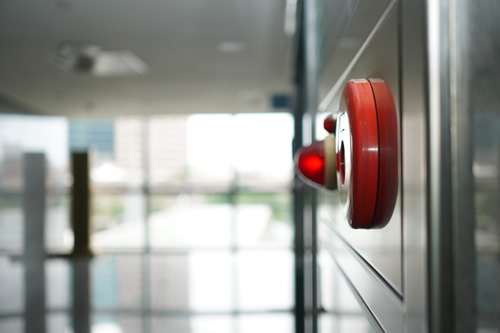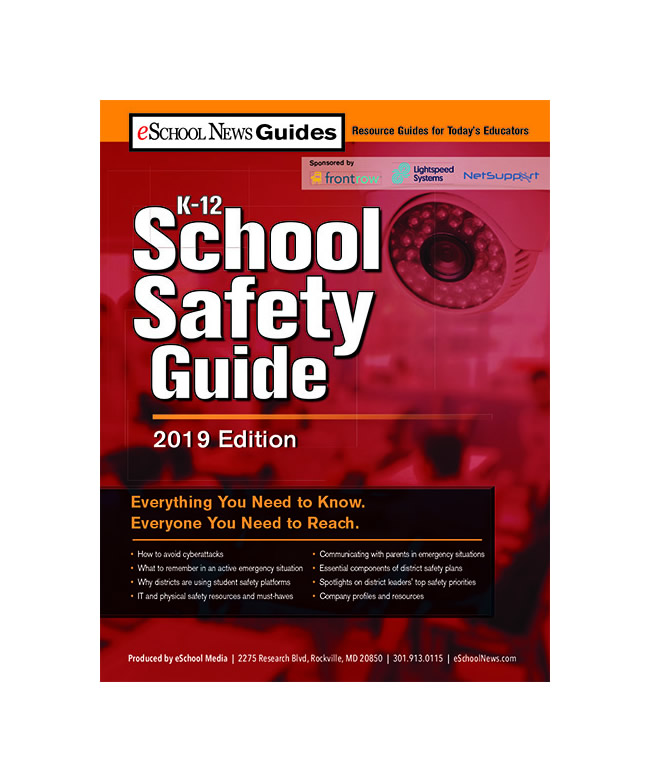Active shooter incidents in schools, workplaces and public venues erupt, too regularly, as shocking reminders of the vulnerability to violence. Through the first nine months of 2019, a 50 percent increase in mass shootings was reported.
Training and preparation for the possibility of an active shooter certainly saves lives. One survivor of the October 2018 Las Vegas massacre reported how such training helped them make it through the sudden chaos of that incident.
Related content: 3 tips for effective emergency communications
Participation in drills at the facility where people work or attend school is a key factor in gaining situational awareness for responding effectively to a violent event.
Both adults and children need to know what to do to best protect themselves, and administrators and others in authority must be clear on the steps necessary to save lives. In attempting to train people for active shooter incidents, some schools and organizations have conducted realistic drills. While making training authentic improves preparation to some degree, drills that are too realistic can be extremely traumatizing.
Related Content:
eSchool News School Safety Guide
The eSchool News School Safety Guide is here! It features strategies to help you create and maintain safe and secure learning environments, both physical and online. A new eSchool News Guide will launch each month–don’t miss a single one!
Some approaches to active shooter training have included showing video of actual events, exposing the group to sounds of live gunfire (usually by law enforcement officers firing blank rounds), even participants being shot with plastic projectiles.
Those who have been through such drills are often significantly traumatized and may be less prepared for an actual incident. An employee, student, or community member does not need to be trained in the same way as a law enforcement officer is trained.
Active shooter training and drills should not become opportunities for workplace injuries and potential liabilities to the organization. Realistic drills using “soft” projectiles frequently result in a variety of injuries from bruises to post traumatic stress. Training that results in confusion and panic has led to serious trip and fall injuries, fractures, and head trauma. Training conduct should always be viewed from a risk management perspective, during planning, scheduling and implementation.
Children can be especially susceptible to traumatic impacts from active shooter and lockdown drills, even when they are told it is just a drill. Many kids see news reports about school shootings and react very emotionally to simulated lockdowns, exhibiting the same response as those who have been in real lockdown incidents.
All participants in active shooter preparations, both adults and children, need to be carefully assessed for suitability to the training to be conducted, including emotional maturity, personal history, physical condition and other special needs.
Advance planning, community communication, and coordination with local emergency agencies are essential.
Individuals who choose to opt out of more intensive drills should be provided with comparable instruction on what to do without going through simulated activities.
Whenever possible, involve the assistance of school psychologists or other mental health professionals in the planning and assessment, and to assist in identifying training participants who show signs of trauma during the drills.
Following the completion of training, mental health support should be provided to anyone who needs aftercare.
- 4 ways to encourage play in education - April 25, 2024
- CoSN IT Leader Spotlight: Lisa Higgins - April 25, 2024
- It’s time to pay student teachers - April 25, 2024


